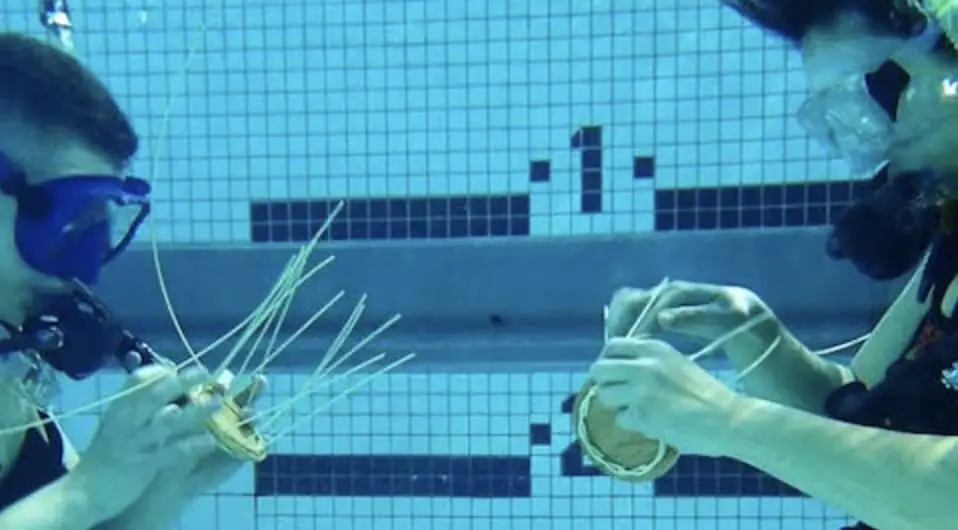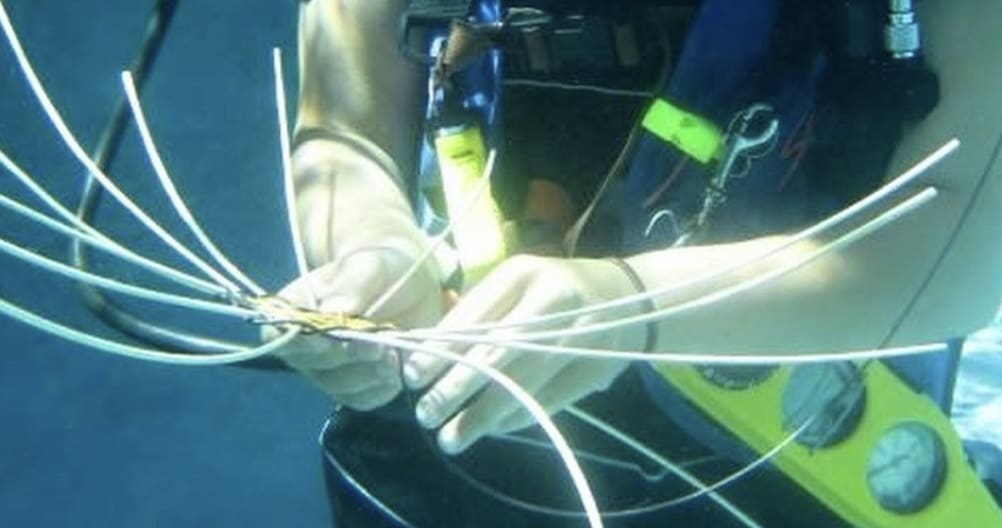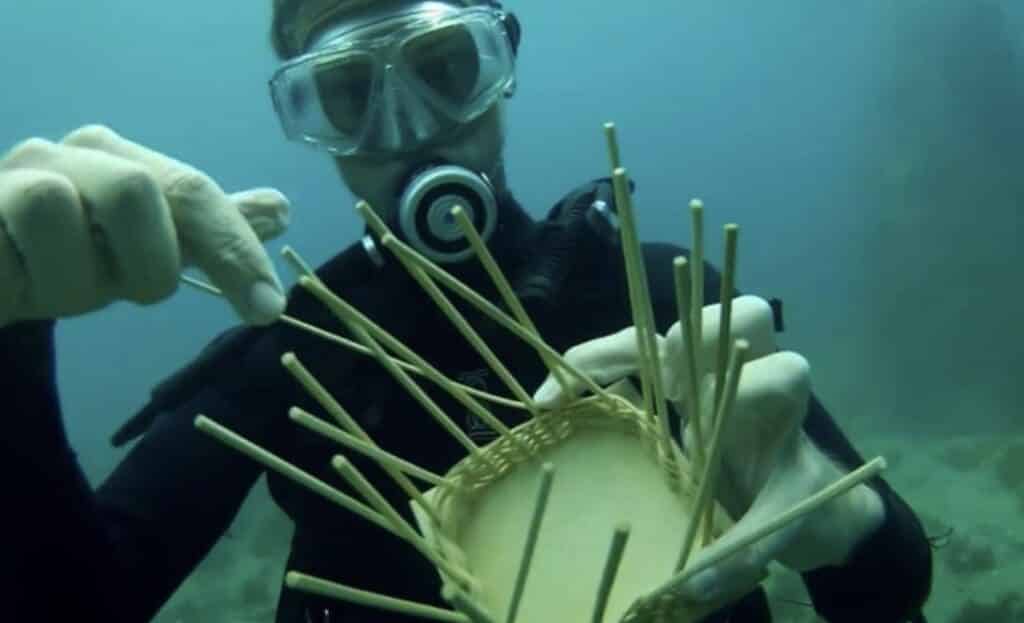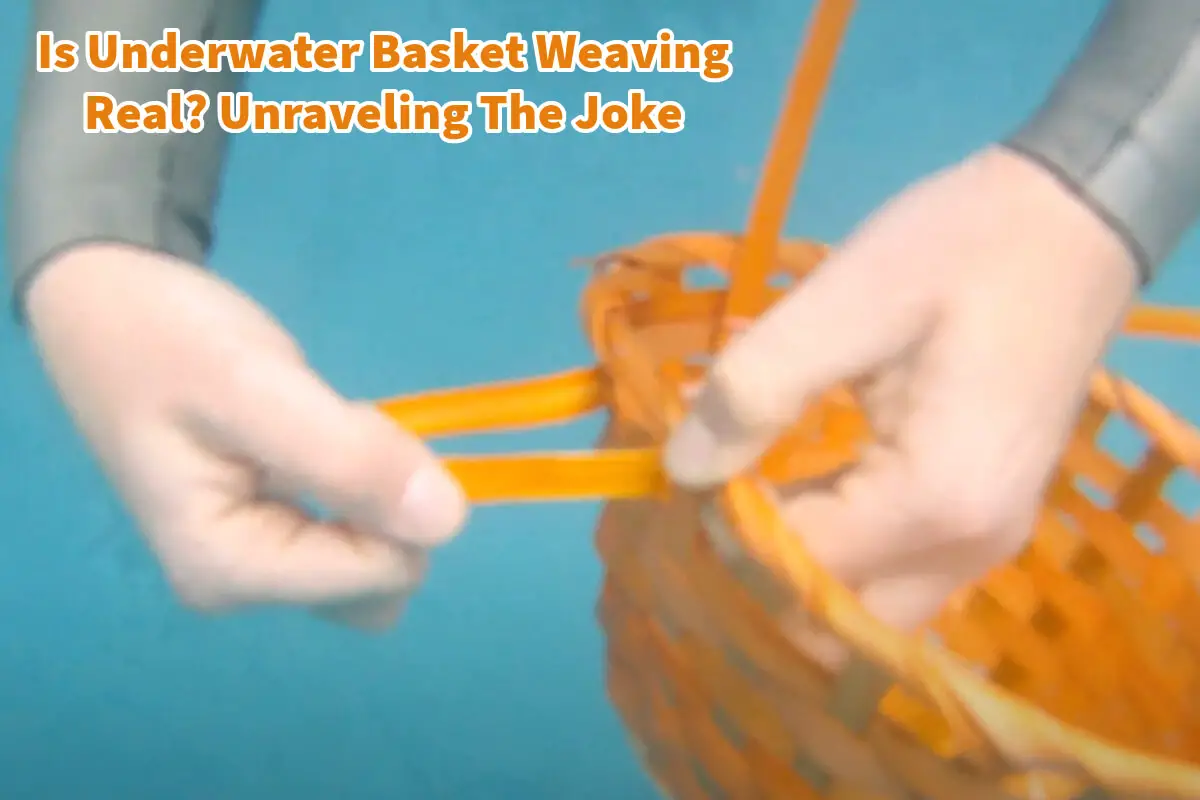The term “underwater basket weaving” has long stood as a humorous idiom, signifying what’s thought to be an uncomplicated, futile, or frivolous academic class. This phrase has been seamlessly woven into student vernacular, frequently brandished to tease specific college courses’ oddity or perceived ease.
Yet, the question floats: Does the notion of intertwining reeds beneath the waves hold any water, or is it purely the stuff of legend? Let’s plunge into the backstory of this oddball notion and unravel ten reasons why underwater basket weaving continues to bob along as a jest, not an earnest educational pursuit.
Table of Contents
- Is Underwater Basket Weaving Real? Unraveling The Myth Behind The Joke
- 10 Reasons Why Underwater Basket Weaving Is More Joke Than Reality
- The Persistent Popularity Of The Underwater Basket Weaving Myth
- Related Content
Is Underwater Basket Weaving Real? Unraveling The Myth Behind The Joke
Underwater basket weaving has been a tongue-in-cheek expression for decades, referring to an ostensibly simple, impractical, or useless college or university course. It’s a phrase that has found its way into the lexicon of student life, often used to mock bizarre or less-than-rigorous academic offerings.
But is there any truth to the idea of weaving baskets under the water’s surface, or is it merely a mythical activity?

The Origins Of The Underwater Basket Weaving Joke
The term “underwater basket weaving” surfaced as early as the 1950s, cropping up in college folklore as a metaphor for an easy, pointless, or fictitious class. The phrase likely started as a satirical comment on expanding the curriculum and the proliferation of specialized courses that might seem esoteric to the layperson.
Over time, it has evolved into an urban legend, with claims that specific colleges offer such a course.
Occasionally, you might hear that an institution has included underwater basket weaving in its catalog as a humorous nod to the myth.
However, these instances are typically one-off events or lighthearted stunts rather than serious academic endeavors. The allure of the phrase persists, partly because it conjures such a whimsical and bizarre image—a person submerged, attempting the delicate work of weaving a basket.

10 Reasons Why Underwater Basket Weaving Is More Joke Than Reality
There are many reasons why underwater basket weaving is more of a joke than an absolute reality. Here are some of the reasons why.
Difficulty In Weaving Underwater:
Weaving requires precision and control, which are significantly compromised underwater. Water resistance makes it hard to perform the intricate movements for weaving baskets.
Weavers Don’t Work Underwater:
Basket weavers are skilled artisans who work with natural materials that require being dry and pliable. The waterlogged environment is counterintuitive to the traditional methods of basketry.
Water Affects Materials:
Many materials used in basket weaving, such as reeds and willow, need to be soaked to become pliable, but they are not meant to be manipulated underwater. Water could cause these materials to swell, warp, or become too fragile to handle.
Impaired Visibility:
Underwater conditions can obscure vision, especially in natural bodies of water where silt and organic matter reduce clarity. Weaving relies on keen eyesight to produce intricate patterns and tight constructions.
Lack Of Practicality:
There’s no practical reason to weave a basket underwater when it can be done more efficiently on dry land. The added difficulty of working in a submerged state offers no advantage to the quality or functionality of the basket.
Breathing Limitations:
The need for a breathing apparatus or holding one’s breath while underwater adds a layer of complexity and distraction that is not conducive to the focused activity of weaving.
Dexterity Issues:
Hands and fingers are less dexterous when submerged, making the fine motor skills required for weaving challenging. The craft of basket weaving depends on the weaver’s ability to manipulate and control the materials deftly.
The Mock Coursework:
The supposed courses in underwater basket weaving are usually created in jest, with no actual curriculum or academic value. They are often part of a satirical commentary on the state of educational institutions or course offerings.
Inefficiency:
From a production standpoint, it’s highly inefficient to weave baskets underwater. Time, energy, and resources are wasted when the same task can be accomplished more effectively on land.
Safety Concerns:
Working underwater introduces unnecessary risks. Even in controlled environments like pools, staying submerged and focused on a task such as weaving can be hazardous due to the potential for drowning or water inhalation.

The Persistent Popularity Of The Underwater Basket Weaving Myth
Despite being impractical and inefficient, the myth of underwater basket weaving endures. It serves as a humorous metaphor for the absurd and a playful jab at the perceived lowering of academic standards or the creation of ‘filler’ courses in some educational institutions.
The legend lives on in the shared culture of college life, symbolizing the idea of an easy A or a class taken to pad one’s GPA.
The expression also taps into the imaginative aspect of the human psyche. There’s a certain charm to the absurdity of the image it evokes, providing comic relief and a reminder not to take life too seriously.
It’s the kind of college legend passed down through generations, eliciting a chuckle, an eye roll, and perhaps a moment of reflective thinking about the carefree nature of student life.
The unlikely scenario of a group of students sitting at the bottom of a pool or lake, diligently weaving baskets, is an image that belongs in a quirky fantasy. In reality, underwater basket weaving isn’t a skill you’d add to your resume or use to impress at craft fairs. Instead, it remains a beloved and enduring part of collegiate folklore, a humorous anecdote shared among students and alums.
Underwater basket weaving is not a severe practice but a humorous urban legend and a metaphor for easy, unconventional, and pointless college courses. While it may capture the imagination, in practicality, it falls short on multiple fronts, rendering the activity more comical than crafty.
The reasons are clear: the physical limitations, the materials’ incompatibility with being underwater, the inefficiency, and the simple fact that it defies common sense all contribute to its status as a joke rather than a genuine craft.
Yet, as with all great jokes, it’s the nugget of truth—the idea that sometimes, in the vast and varied landscape of academia, there might be a course that defies explanation—keeps the legend of underwater basket weaving alive.
And who knows? In the grand tradition of tongue-in-cheek humor, perhaps there’s a place for it in the hallowed halls of a university’s April Fools’ Day catalog.
If you are interested in seeing how Mondoro can help you with your weaving needs– we would love to talk to you about how we can help you. We help you with most of your weaving needs, except we do not weave underwater.
Find out more about how Mondoro can help you create, develop, and manufacture excellent home decor and furniture products – don’t hesitate to contact me, Anita. Check out my email by clicking here or become a part of our community and join our newsletter by clicking here.
Mondoro gives out a FREE Lookbook to anyone interested. You can receive a copy of our latest Lookbook by clicking here.
Listen to our Podcast called Mondoro Company Limited. You can find it on all major podcast platforms. Try out listening to one of our podcasts by clicking here.
Subscribe to our Mondoro Company Limited YouTube Channel filled with great videos and information by clicking here.
Related Content
What Is Stronger Rattan Or Bamboo?
Bamboo is more robust than rattan. Some bamboo is known even to have a higher tensile strength than steel; this is why bamboo is used as scaffolding in construction in many parts of Asia. Rattan is a vine that grows in the jungles; when rattan is manufactured into furniture, it can be solid.
You can learn more by reading our blog, What Is Stronger Rattan Or Bamboo? by clicking here.
How Do You Make A Bamboo Lamp Shade? All About Bamboo Lampshades
To manufacture or make bamboo lampshades, you need to 1) properly prepare the bamboo materials, 2) build a metal frame, 3) wrap the metal frame, 4) secure the bamboo onto the metal frame, 5) spray color on top of the bamboo shade if you desire the lampshade to be a color other than natural and 6) spray a top coat on the entire shade to protect the bamboo shade’s finish.
You can read our blog about How Do You Make A Bamboo Lamp Shade? All About Bamboo Lampshades by clicking here.
Rattan Vs. Bamboo – The Differences Between The Materials Explained
Rattan and bamboo are not the same material, as they have different characteristics and uses. For example, bamboo is hollow and grows straight as a tree would. Rattan is a solid material that is easily bent and grows in rainforests as a vine.
You can learn more by reading our blog, Rattan Vs. Bamboo – The Differences Between the Materials Explained, by clicking here.


